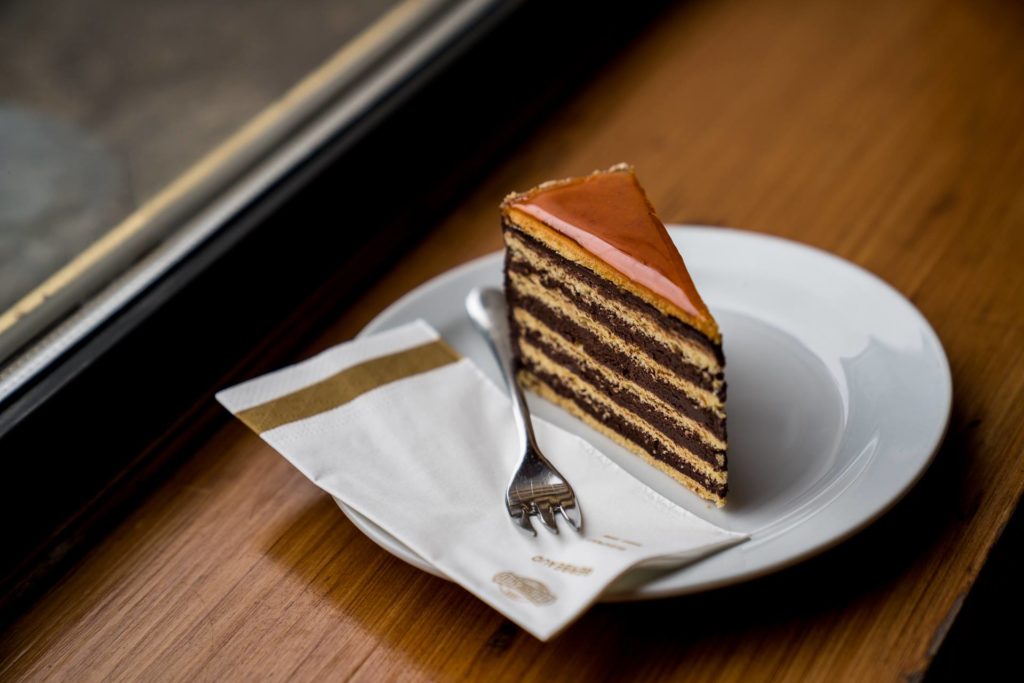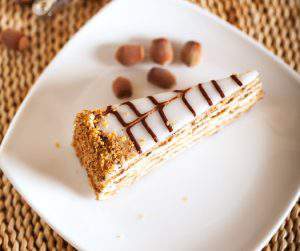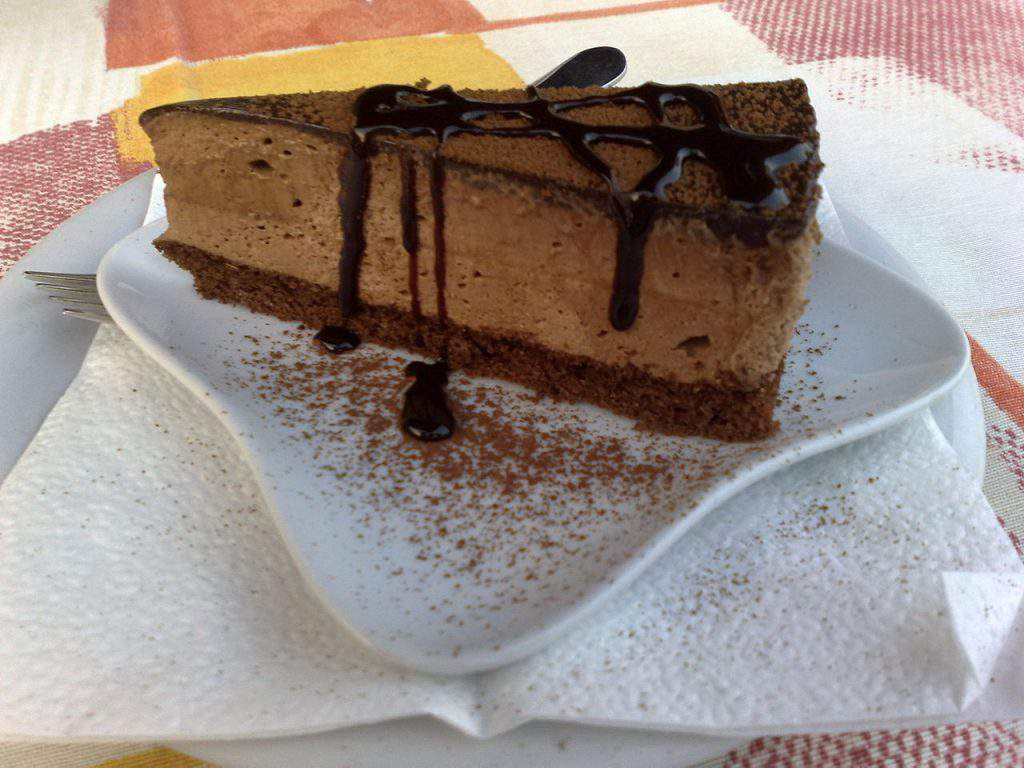Dobos, Esterházy, Rákóczi – This is how the most famous Hungarian cakes were created

In 1718, Károly Hosszmann received permission to be the first to operate a confectionery in Buda. The name confectioner was not widely known until 1830 when it first appeared in the work of Count István Széchenyi. By 1841, there were already 13 confectioners working in Pest and 17 in Buda. Let’s uncover the history of the most famous Hungarian desserts that simply sweeten your days 😉
From the end of the 19th century, going to a café or confectionery was part of the civic way of life. In addition to the rich selection of cakes, confectioneries tried to entice their guests with different snacks. Ladies in particular were the target audience, who could spend their free time and gossip in the elegant confectioneries while sipping coffee with whipped cream. According to Femina, going to a confectionery was a social, aesthetic, and culinary pleasure at the same time.
Dobos Cake, Rigó Jancsi, and others
One of the most famous Hungarian cakes, Dobos Cake, is named after its creator, József C. Dobos. Dobos came from a real cooking dynasty; he studied the profession from the Andrássy family. In 1878, he opened his shop in Kecskeméti Street, and in 1884, he created the now world-famous cake named after him. The developed Dobos cream, made with egg whites whipped with sugar while warm, cocoa powder, melted cocoa butter and tea butter, has become a real speciality.
- The real Dobos Cake that conquered the world
- CNN reveals secrets of the famous Hungarian cake, Dobos

The Esterházy cake was named after Foreign Minister Pál Antal Esterházy, who later became the Ambassador to Moscow of Austrian Emperor and King of Hungary Franz Joseph. An unknown confectioner created this cake to express his respect for him. What made it special was that its dough was baked from egg whites, sugar, and finely chopped almonds.

The chocolate cake called Rigó Jancsi was created at the beginning of the 20th century. It was named after János Rigó, the world-famous leader of a gypsy band. The cake was baked by an unknown confectioner and named after the scandalous musician.

The confectioners of the time preferred to use the names of the celebrities of the age, including, in addition to Jancsi Rigó, Lujza Blaha. The cake, named after the actress, is made of brown shortcake dough with raspberry jam filling and pink sugar coating.
Interestingly, the Rákóczi cottage cheese cake did not get its name from the famous monarch. Instead, the Rákóczi cake was created by János Rákóczi, another famous chef of the 20th century. The light icing made from egg whites and sugar, moulded from piping bags onto the cottage cheese filling of the cake, has turned out to be a real innovation in confectionery.

The popularity of the above-mentioned cakes is still unbroken, and they are included in the regular offer of Hungarian confectioneries.
Source: www.femina.hu





